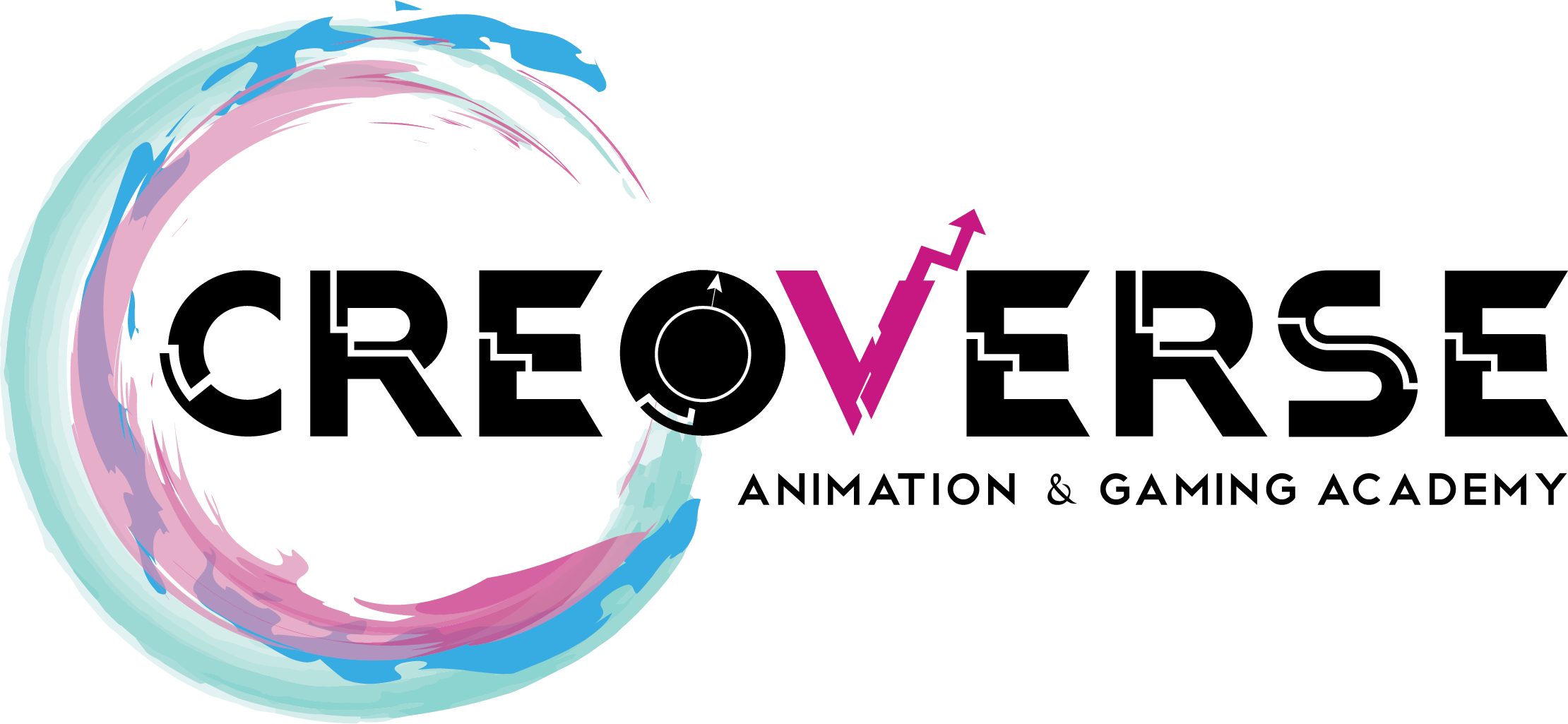Exploring the World of Animation and VFX: What Sets Them Apart?
In the dynamic realm of digital creativity, two terms frequently surface: Animation and Visual Effects (VFX). While both contribute to the magic of the silver screen and our everyday digital experiences, they are distinct artistic disciplines. In this blog, we’ll delve into the key differences that set animation and VFX apart.
1. Definition and Purpose:
Animation: Animation is the art of creating the illusion of movement through a sequence of images or frames. It brings characters, objects, and scenes to life, making them move and interact within a narrative. Animators use various techniques, including 2D hand-drawn animation, 3D computer-generated animation, and stop-motion animation, to tell stories or convey information.
VFX (Visual Effects): VFX, on the other hand, involves manipulating and enhancing live-action footage or creating entirely synthetic elements that are integrated seamlessly into a live-action scene. VFX artists use computer-generated imagery (CGI), compositing, and digital effects to add elements that cannot be achieved during filming, such as explosions, creatures, or magical effects.
2. Production Stage:
Animation: Animations are typically created before or after live-action footage is shot. They can exist as standalone works, such as animated films, or be integrated into live-action films or commercials to enhance storytelling.
VFX (Visual Effects): VFX come into play during post-production, after live-action scenes have been filmed. They are added to enhance or transform existing footage and are often used in blockbuster movies to create breathtaking scenes or fantastical worlds.
3. Techniques and Tools:
Animation:
- Traditional 2D animation: Hand-drawn or computer-assisted.
- 3D animation: Uses computer-generated models and environments.
- Stop-motion animation: Manipulating physical objects frame by frame.
- Motion capture: Recording real-world movements for digital characters.
VFX (Visual Effects):
- Computer-generated imagery (CGI): Creating digital assets and environments.
- Compositing: Layering and integrating multiple elements into a single shot.
- Green screen: Filming subjects against a solid color background for later replacement.
- Simulation: Creating realistic physics-based effects like water, fire, or destruction.
4. Creative Objectives:
Animation:
- To convey emotion and character development.
- Often used in storytelling, including cartoons, animated movies, and educational content.
- Focus on character design, movement, and expression.
VFX (Visual Effects):
- To enhance realism or create the impossible.
- Often used in action, science fiction, and fantasy films.
- Focus on seamlessly blending effects with live-action footage.
5. Examples:
Animation:
- Disney’s “The Lion King” (3D animation)
- Studio Ghibli’s “Spirited Away” (2D animation)
- Aardman Animations’ “Wallace & Gromit” (Stop-motion animation)
VFX (Visual Effects):
- The explosive battles in the “Transformers” franchise (CGI)
- The lifelike dinosaurs in “Jurassic Park” (Animatronics and CGI)
- The magical spells in the “Harry Potter” series (Digital effects)
In summary, while animation and VFX share the common goal of enhancing storytelling and visual experiences, they take different paths to achieve their objectives. Animation brings life to characters and stories through motion and design, while VFX manipulates reality to create breathtaking and often otherworldly visuals. Both are essential elements of modern filmmaking and digital content creation, each with its unique charm and creative possibilities.
Join our industry-specific courses and be future-ready. For more enquiry visit at creoverse.in/vfx
Talk to our counsellors for course details: +91 97423 46777, +91 76196 22263


